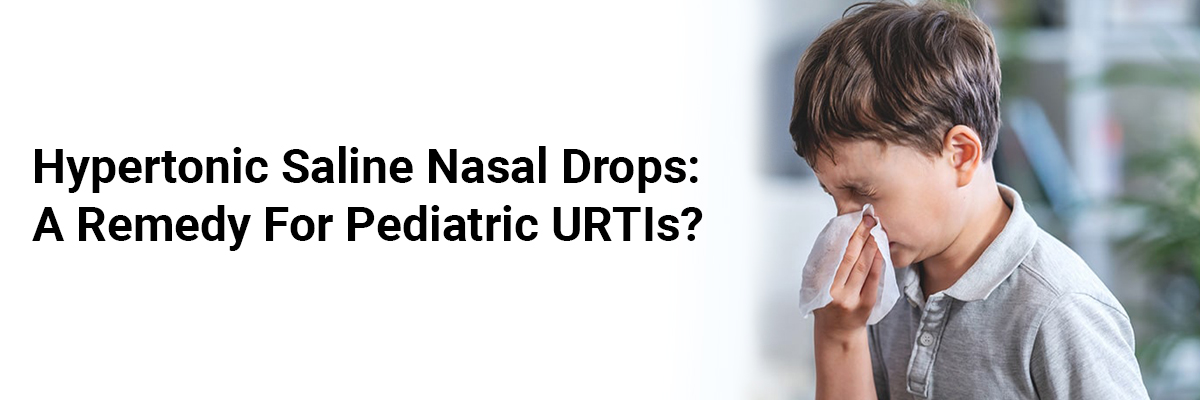
Hypertonic saline nasal drops: A remedy for pediatric URTIs?
Use of hypertonic saline
nasal drops can shorten the duration of a upper respiratory tract infections
(URTI) in children by two days, according to the results of ELVIS-Kids
randomized controlled trial presented at the ongoing European Respiratory
Society (ERS) Congress being held in Vienna, Austria.1,2 Transmission of
infection in the household contacts was also reduced.
The study enrolled 301
children, aged up to 6 years, within 48 hours of development of URTI. They were
otherwise healthy. 150 children in the intervention group were administered
hypertonic saline nasal drops (2.6%) by the parents in the dose of 3 drops per
nostril, at least 4 times in a day until they recovered, while 151 children in
the control group received the usual care for colds. A daily diary was
maintained with a record of side effects, symptoms and compliance as assessed
by the Canadian Acute Respiratory Illness and Flu Scale (CARIF). Nasal
mid-turbinate swabs were collected daily for 5 days to test for viruses using a
respiratory PCR panel; 17 URTI viruses were identified. The aim was to study
the impact of the nasal drops on the duration of URTI.
The median duration of
symptoms decreased by 2 days in children who used the hypertonic saline nasal
drops for 5 days (median). Children in the nasal drops group had the symptoms
for an average of six days (interquartile range [IQR], 5-9 days), whereas
children in the usual care group remained symptomatic for 8 days (IQR, 5-11
days).
The saline nasal drops
reduced the duration of symptoms in cases where virus was detected (hypertonic
saline drops n =102, median 6 days; UC n=101, median 8 days), but not where
virus was not detected. The most frequently isolated virus was Rhinovirus,
detected in 73%. Children who received the drops also had significantly fewer
episodes of wheeze; 5% vs 19%, respectively.
The spread of infection
among household contacts of children who received hypertonic saline nasal drops
was also reduced compared to the usual care group. There were 66 infections
(41%) among household members in the hypertonic saline nasal drops group vs 92
(58%) in the usual care group.
“Eighty-two per cent of
parents said the nose drops helped the child get better quickly and 81% said
they would use nose drops in the future.”2
The side effects were rare
and included sneezing, runny nose and pain. These were mild in nature. No
serious adverse effects were observed.
The authors also explained
the mechanism by which the hypertonic salt nasal drops exert their beneficial
effect. They said, “Salt is made up of sodium and chloride. Chloride is used by
the cells lining the nose and windpipes to produce hypochlorous acid within
cells, which they use to defend against virus infection. By giving extra
chloride to the lining cells this helps the cells produce more hypochlorous
acid, which helps suppress viral replication, reducing the length of the virus
infection, and therefore the duration of symptoms.”2
These findings demonstrate
the benefits of hypertonic saline nasal drops in children with URTIs as well as
in their family members as a simple and cost-effective intervention.
Faster recovery of children translates to fewer infections among their
household contact with “clear implications for how quickly a household feels
better and can return to their usual activities like school and work etc.”2
References
1. S Cunningham, et al. Abstract OA1985. A randomised
controlled trial of hypertonic saline nose drops as a treatment in children
with the common cold (ELVIS-Kids trial). Available at: https://ers.app.box.com/s/2m4iity3v3z128m59bk6cn12xuz51dpr.
Dated Sept. 8, 2024. Accessed on Sept. 9, 2024.
2. ERS News. Available at: https://www.ersnet.org/news-and-features/news/saline-nasal-drops-reduce-the-duration-of-the-common-cold-in-young-children-by-two-days/ Dated Sept.
7, 2024. Accessed on Sept. 9, 2024.



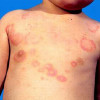
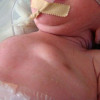


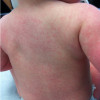


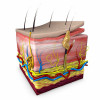
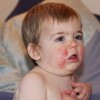

Please login to comment on this article